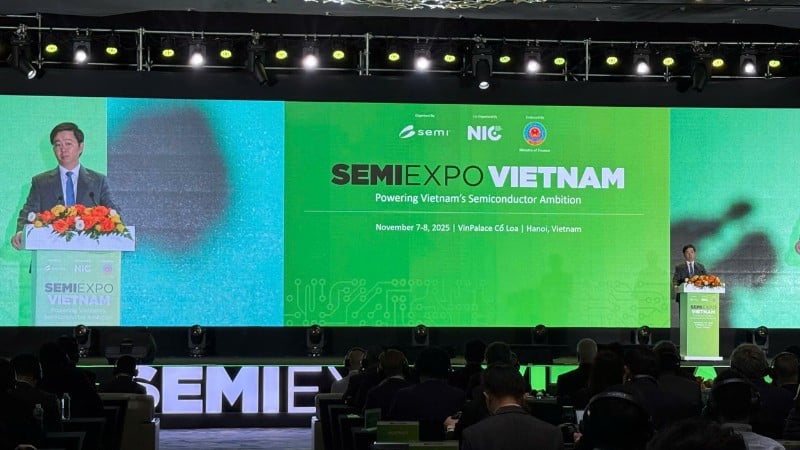
Completing the policy framework and infrastructure to support the semiconductor industry
The semiconductor industry is the foundation of the current digital age. Vietnam aims for the digital economy to account for 20% of GDP by 2025, and 30% by 2030; spending on science and technology, innovation and digital transformation to reach at least 3% of GDP and to be in the Top 40 of the Global Innovation Index (GII).
To realize this goal, the Government has issued many important policies such as: Resolution 57-NQ/TW on breakthroughs in science, technology, innovation and national digital transformation; Law on Science, Technology and Innovation; Law on Digital Technology Industry and Strategy for developing Vietnam's semiconductor industry to 2030, with a vision to 2050.
At the Vietnam Semiconductor Industry Exhibition 2025 - SEMIExpo 2025 which opened on the morning of November 7 in Hanoi, Deputy Minister of Science and Technology Bui Hoang Phuong affirmed: "The Law on Science, Technology and Innovation affirms that science, technology and innovation are the central driving force; in which enterprises are the core; the State plays a creative and accompanying role through tax incentives, credit, R&D funds, and support for shared infrastructure such as clean rooms, key laboratories, and measurement systems...".
The Law on Science, Technology and Innovation allows the application of a controlled testing mechanism (sandbox) and risk-based management approach; strengthens intellectual property rights protection; develops a system of standards, measurements and quality in line with international practices; and at the same time attracts conditional FDI, linked with technology transfer, development of endogenous capacity and linkages with domestic enterprises and suppliers.
The Law on Digital Technology Industry, passed by the National Assembly in June 2025, has laid the legal foundation for the development of the digital technology industry and the semiconductor industry. The law stipulates the principles for the development of Vietnam's semiconductor industry, focusing on the development of breakthrough semiconductor chips in industries and fields; closely linking with the global semiconductor ecosystem; developing the semiconductor industry in sync with the electronics industry; encouraging foreign investment, mobilizing domestic and foreign resources to promote the development of the semiconductor industry, aiming to master technology, design and manufacture semiconductor chips.
Along with a number of laws such as: Investment, Corporate Income Tax, Import and Export, etc., the Law on Digital Technology Industry also provides special support and incentive mechanisms for semiconductor industry activities.
Accordingly, the law has special incentive mechanisms such as: Semiconductor product research and production projects with investment capital from 6,000 billion VND are subject to a tax rate of 5% for 37 years; tax exemption for 6 years, 50% reduction for the next 13 years; exemption from land and water surface rent; exemption from personal income tax and exemption from work permits for high-quality foreign human resources for 5 years.
These are special and outstanding investment incentive policies. These incentive policies only apply to other priority sectors and fields with investment capital of VND 30 trillion or more.
According to Deputy Minister of Science and Technology Bui Hoang Phuong, the Ministry of Science and Technology is currently promoting the development of detailed guiding documents for the Law on Digital Technology Industry, including decrees and circulars; expected to take effect simultaneously with the law on January 1, 2026.
Developing human resources and promoting the semiconductor R&D ecosystem
With a population of nearly 100 million, more than 60% of which are young, Vietnam has a great advantage in human resources. Currently, there are more than 1.9 million people working in the field of information technology and digital technology, including about 500,000 engineers and 7,000 semiconductor design engineers in 60 chip design enterprises.
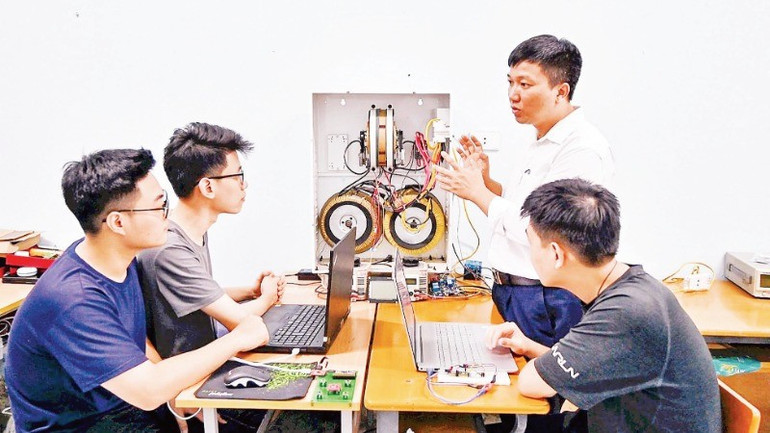
The Government has issued a Semiconductor Industry Human Resources Development Program, with the goal of training over 50,000 semiconductor engineers and bachelors by 2030. In parallel, Vietnam prioritizes investment in the establishment of laboratories, research centers, and specialized training programs linked to business needs.
To promote the development of the semiconductor industry, Deputy Minister of Science and Technology Bui Hoang Phuong emphasized the need to promote investment cooperation and create favorable conditions for foreign enterprises to make new investments and expand production and business activities in Vietnam in the semiconductor field.
Aiming to encourage the synchronous and comprehensive development of the ecosystem, Vietnam has also issued incentive mechanisms and support policies for supporting industrial enterprises associated with the semiconductor sector, similar to the incentives applied to semiconductor enterprises.
Vietnam also promotes the formation of R&D centers at large technology corporations such as Nvidia, Qualcomm, Samsung, and Intel, contributing to technology transfer and creating high-value "Make in Vietnam" products.
Vietnam Semiconductor Industry Exhibition 2025 - SEMIExpo 2025 also contributes to promoting the formation of a semiconductor ecosystem in Vietnam, connecting domestic enterprises with global corporations, supporting human resource training and promoting the image of Vietnam as an emerging destination in the international semiconductor supply chain.
Deputy Minister of Science and Technology Bui Hoang Phuong said: “In particular, the establishment of the National Steering Committee for Semiconductor Industry Development demonstrates the highest level of commitment and priority to the semiconductor industry.” The Steering Committee is headed by Deputy Prime Minister Nguyen Chi Dung.
With an outstanding policy framework, a forming R&D ecosystem and abundant young human resources potential, Vietnam is facing an important opportunity to participate more deeply in the global semiconductor value chain, aiming to master chip design, development and production in the near future.
SEMI SEA is a prestigious organization that plays an important role as a bridge between Southeast Asian countries and the global semiconductor value chain. In Vietnam, SEMI SEA has made a clear mark through the SEMIExpo Vietnam event. Through these activities, SEMI SEA not only plays a bridging role but also becomes an important driving force in the development of the semiconductor industry in Vietnam and the region.
Source: https://nhandan.vn/cong-nghiep-ban-dan-dong-luc-chien-luoc-cho-tang-truong-kinh-te-so-viet-nam-post921469.html


![[Photo] "Ship graveyard" on Xuan Dai Bay](https://vphoto.vietnam.vn/thumb/1200x675/vietnam/resource/IMAGE/2025/11/08/1762577162805_ndo_br_tb5-jpg.webp)




![[Photo] Heavy damage after storm No. 13 in Song Cau ward, Dak Lak province](https://vphoto.vietnam.vn/thumb/1200x675/vietnam/resource/IMAGE/2025/11/08/1762574759594_img-0541-7441-jpg.webp)













![[Photo] Heavy damage after storm No. 13 in Song Cau ward, Dak Lak province](https://vphoto.vietnam.vn/thumb/402x226/vietnam/resource/IMAGE/2025/11/08/1762574759594_img-0541-7441-jpg.webp)


![[Video] Hue Monuments reopen to welcome visitors](https://vphoto.vietnam.vn/thumb/402x226/vietnam/resource/IMAGE/2025/11/05/1762301089171_dung01-05-43-09still013-jpg.webp)









































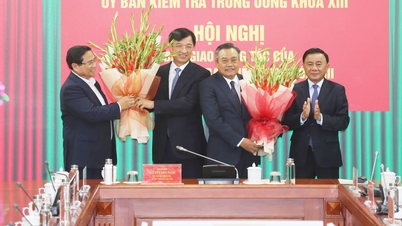





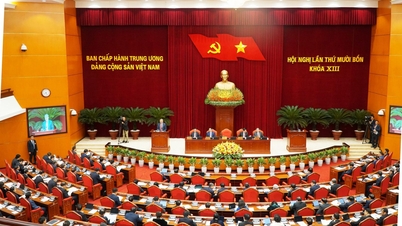




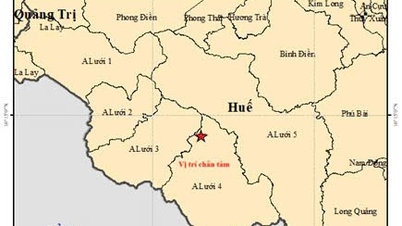





















Comment (0)